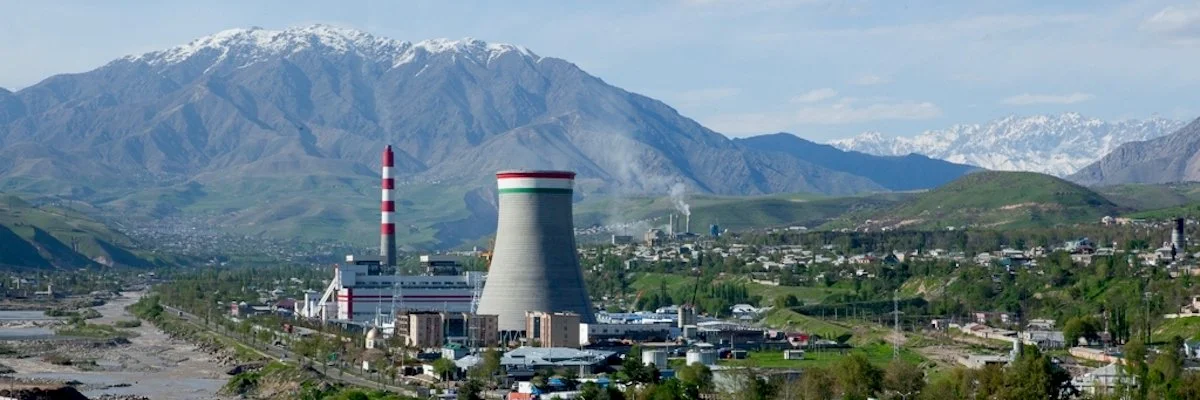Are Sanctions Boosting Corporate Profits in Iran?
Last year I wrote a major report examining how the inflation generated by sanctions hurts households in Iran. In the report, I note evidence of “the increased cost of inputs being passed on to consumers.” In other words, citing anecdotal evidence, I suggested that Iranian firms were raising prices to protect their margins and that this was contributing to inflation. But the report lacked a substantive review of how firms react to the pressures created by financial and sectoral sanctions.
Firm behaviour under sanctions is understudied. The widespread assumption is that sanctions are bad for business. After all, they create significant dysfunction in the targeted economy. But the firm-level evidence is mixed. Sanctions do not tend to drive firms out of business, suggesting that companies find ways to adjust to the obvious cost pressures. Hadi Esfahani’s firm-level research has shown that “exits” (companies going out of business) played only a small role in changes in output, employment, and exports following the imposition of financial and sectoral sanctions in Iran in 2012. Saeed Ghasseminejad and Mohammad Jahan-Parvar’s study of Iranian companies listed on the Tehran Stock Exchange between 2011 and 2016 provides evidence that sanctions negatively impact profitability, but even sanctioned firms remained profitable in the period of their study. The profitability of firms that were subject to sectoral sanctions fell from an average of 16 percent to 11 percent—the margins remained healthy.
But what are the processes that are enabling Iranian firms to adjust to sanctions? A potential answer can be found in a new paper by Isabella Weber and Evan Wasner titled “Sellers’ Inflation, Profits and Conflict: Why Can Large Firms Hike Prices in an Emergency?” Using data on the profit margins of major US companies in the years following the COVID-19 pandemic, Weber and Wasner examine how firms “exercise pricing power to enhance or protect short-run profitability” in the face of acute cost pressures.
While the new research by Weber and Wasner does not discuss sanctioned economies, they describe conditions that can also be observed in Iran. Sanctions represent first and foremost a change in the supply environment—an emergency characterised by surging input costs. Financial and sectoral sanctions force most foreign companies to cease supplying customers in the targeted economy. But even when inputs remain available, currency devaluation triggered by the impact of sanctions on foreign exchange revenue and the accessibility of reserves makes those inputs more expensive. As a result, firms in the targeted country face supply chain bottlenecks and significant cost pressures. Purchasing managers’ index data from Iran makes clear that high producer prices and difficulties maintaining raw material and machinery inventories are the most persistent challenge facing Iranian manufacturing firms.
Moreover, the processes that Weber and Wasner believe underpin the “sellers’ inflation” that occurred after the COVID-19 pandemic in the United States are also at play in Iran. First, “sector-wide cost increases” lead to an “implicit agreement” among firms to raise prices. This occurs because “all firms want to protect their profit margins and know that the other firms pursue the same goal.” While state firms do dominate some sectors of Iran’s economy, such as the automotive industry, the broader manufacturing sector is dominated by private sector firms and is generally unconsolidated. The price increases seen in Iran reflect such implicit agreements and not price leadership by a few dominant firms.
Second, Weber and Wasner argue that “bottlenecks can create temporary monopoly power which can even render it safe to hike prices not only to protect but to increase profits.” In Iran, bottlenecks arose due to the effects of sanctions on imports. Under sanctions, domestic manufacturers face less competition from imported goods and the same bottlenecks also make it difficult to ramp-up output. Given the production constraints, it is nearly impossible for firms to grab market share by undercutting the competition and boosting sales. Because firms will not substantially sacrifice sales by raising prices, they can be understood to enjoy a kind of monopoly power.
Third, much like how the ongoing pandemic disruptions legitimise “price hikes and create acceptance on the part of consumers to pay higher prices,” so too do sanctions help render demand less elastic. Iranian consumers have come to understand high rates of inflation as the outcome the American sanctions and their own government’s monetary policy. While there has been some scrutiny of predatory pricing by Iranian firms in recent years, the pervading view is that firms must raise prices to survive. There is little scrutiny of whether firms are doing more than just surviving when they raise prices.
Finally, firms can raise prices because they know that consumers will keep buying. Weber and Wasner explain that “selling goods that people depend on” grants many firms extraordinary pricing power. Helpfully, the chief financial officer of Procter & Gamble has publicly boasted about this fact, stating that the company is ideally “positioned for dealing with an inflationary environment… starting with the portfolio that is focused on daily-use categories, health, hygiene, and cleaning, that are essential to the consumer versus discretionary categories which in these environments are the first ones to lose focus from the consumer.” Importantly, a significant proportion of Iran’s manufacturing base is devoted to household essentials. Meanwhile, Weber and Wasner point to government interventions during inflationary episodes as another reason why consumers put up with higher prices. Just like the stimulus checks that helped shore consumer spending during the COVID-19 pandemic in the United States, so too have cash transfers played a role in supporting household expenditures in Iran in the face of sanctions pressures.
Given that the same basic conditions for sellers’ inflation appear to exist in the US and Iran, it would be worthwhile to replicate the Weber and Wasner methodology to study the pricing power and profitability of Iranian companies. But even without a full study, a cursory review of the net margins of Iranian firms raises significant concerns that sanctions are increasing their pricing power of these firms and possibly even boosting their profitability. Comparing the net margins of companies listed in Iran’s securities exchanges (excluding financial firms) with inflation rates over the last decade reveals that, in general, profit margins rise in periods where inflation is elevated. In the four years leading up to March 2018, while Iran benefited from sanctions relief, the average profit margin for listed companies was 17 percent, while the average annual inflation rate was 11 percent. Since March 2018 and after Trump imposed “maximum pressure” sanctions on Iran, the average profit margin has risen to 26 percent. In the same period, annual inflation has averaged 40 percent. In short, Iranian companies appear to be more profitable on average when the country is under US secondary sanctions.
The continued profitability of Iranian firms has two ramifications for Western policymakers. First, it is a clear indication that elites in sanctioned economies can continue to accrue wealth, even as sanctions succeed in creating macroeconomic pressure. Second, if firms are in fact generating sellers’ inflation as part of their response to sanctions pressure, the economic resilience of firms is connected to the economic pain of households. Notably, Weber and Wasner raise the prospect that sellers’ inflation inevitably leads to “distributional conflict.” In their view, given that “living standards decline as real wages fall with rising prices,” labour will eventually push back on the profit maximisation by companies and demand higher wages. This too is a consideration highly relevant to Iran, which has seen an intensification of distributional conflict over the last decade. Protests over economic grievances have become more common, particularly protests over stagnant, delayed, or unpaid wages. Four consecutive years where inflation has exceeded 30 percent has eroded the living standard of Iranian households. In this context, firms may not be able to sustain their profit margins forever—in the medium-term, ever-rising prices will lead to demand destruction. However, while Weber and Wasner suggest that American firms have engineered a “a temporary transfer of income from labour to capital,” the implications for Iran, where firms have enjoyed increasing pricing power for the better part of a decade, are more dire.
The fact that Iranian firms have proven resilient under sanctions does have its benefits. This resilience has helped keep Iran’s economy from sliding into a deeper crisis. The resilience of businesses is also critical if Iran is to take advantage of any sanctions relief offered in a future diplomatic agreement. But the processes that underpin this resilience have significant distributional consequences. The sustained profitability of Iranian companies under sanctions represents an extraordinary and ongoing transfer of economic welfare from households to firms. In effect, not only are sanctions failing to weaken Iranian companies and their elite owners, but they are also hurting Iranian households profoundly. This suggests that the enhanced pricing power of Iranian firms and inflated corporate dividends are under-examined contributors to rising economic inequality in Iran, where the top income decile now controls nearly one-third of the country’s wealth. Sanctions were meant to make Iranian companies pay, but it is the Iranian people who are footing the bill.
Photo: IRNA




